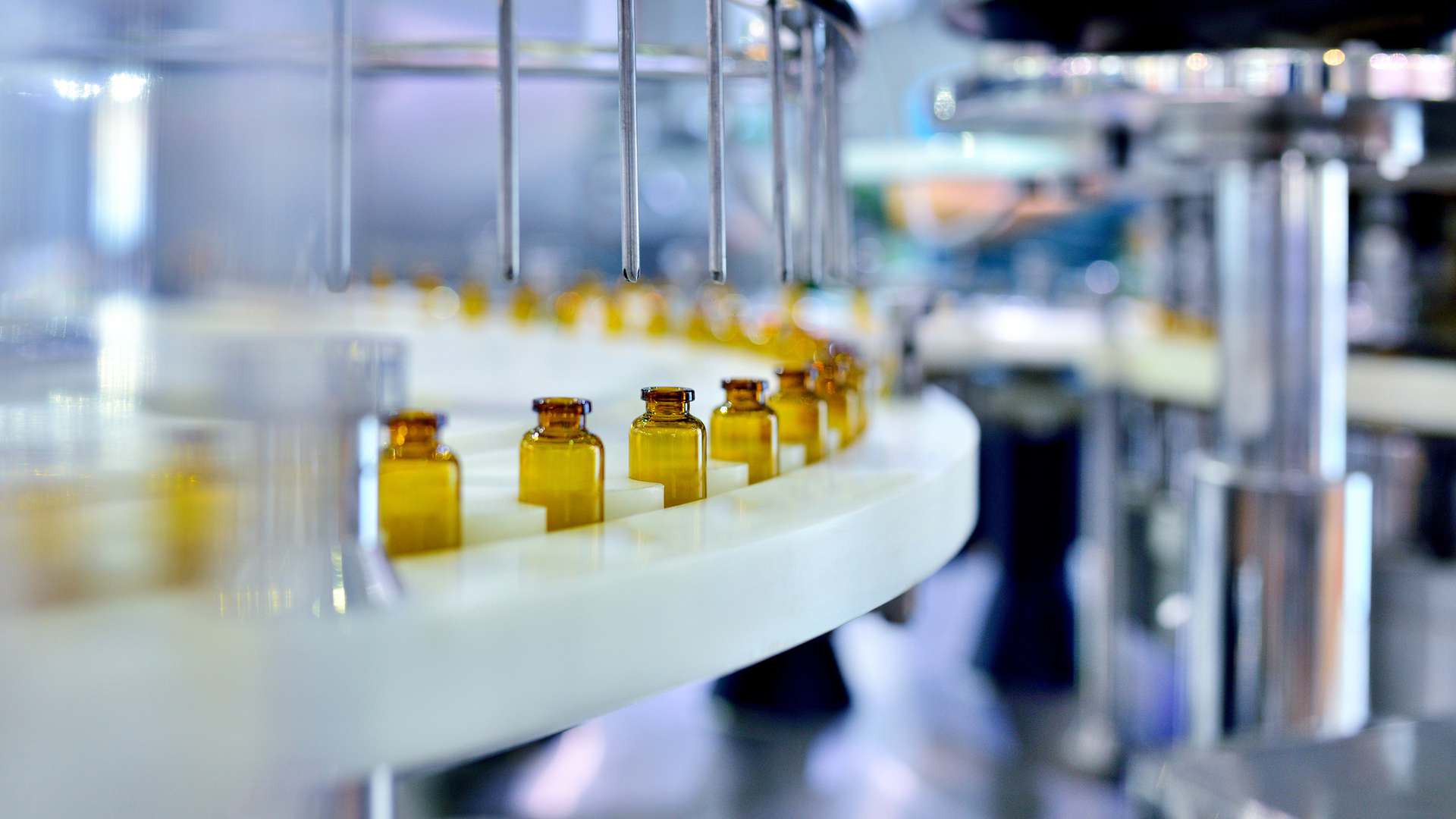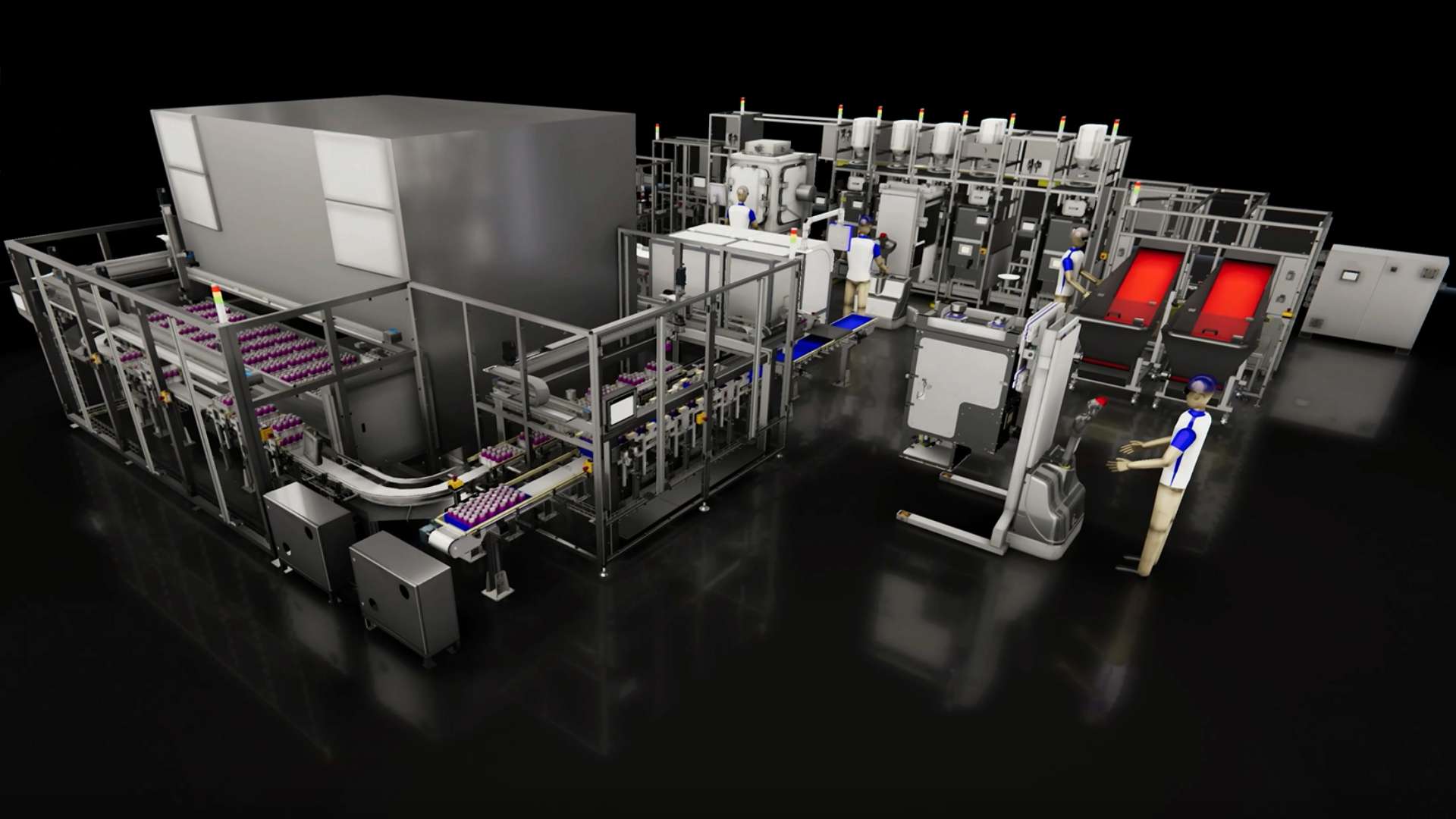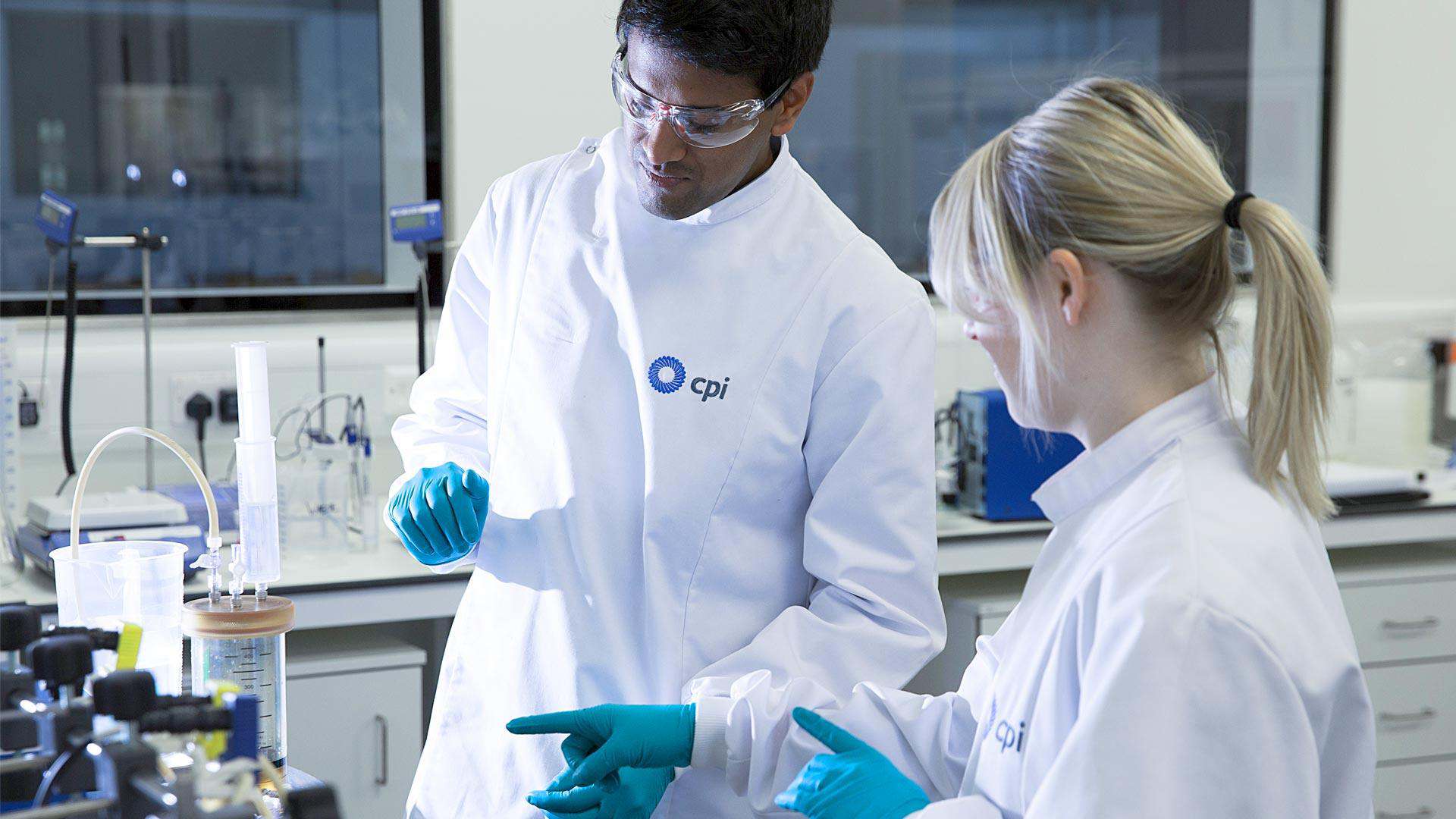The future of the pharma industry can be sustainable
The pharmaceutical industry has a big sustainability problem. We’re supporting progress in this industry with the implementation of digital technologies.

Technical Director, Medicines Manufacturing Innovation Centre

Global greenhouse gas emissions directly generated by the pharma industry are estimated to be about 52 megatonne CO2 equivalent per year – and this is without considering indirect energy-related emissions through the entire supply chain, such as in medicines transportation, or in distribution facilities lighting and refrigeration.
Increasing amounts of greenhouse gases in the atmosphere are causing global warming, resulting in more extreme weather patterns, melting glaciers and rises in both sea temperatures and levels. We’re already seeing impacts of these changes — including droughts, storm damage, and destruction of plant and animal habitats. If we continue on this trajectory of climate destruction, climate scientists predict food shortages and loss of human life in the future. With a report from 2019 indicating that the world could see a net increase of 529,000 adult deaths per year by 2050 due to climate change, this stark reality really isn’t that far away.
Pharmaceuticals, at their very core, exist to help people live healthier lives. But without a healthy planet, we cannot have healthy people. Our planet and its people are intrinsically connected. Pharma must reflect on its core vision, and act now to reduce emissions and play its part in reaching global Net Zero goals.

More polluting than the automotive industry?
If we take into account the revenue generated by the pharma industry, as was done in a 2019 study, it can be deduced that the industry generates about 48.55 tonnes of CO2 equivalent per $1 million. This is 55% higher than the emission intensity from the automotive industry, which generates about 31.4 tonnes of CO2 equivalent per $1 million.
One of the key differentiating factors between the operation of these two industries lies in the adoption of digital technologies. The automotive industry uses AI-powered robots, digital product visualisation technologies and workflow-managing algorithms and connectivity, which reduce waste in energies, costs and time, increasing the efficiency of a product’s journey to market.
As well as greenhouse gas emissions, there are additional ways in which the pharma industry, and the entire healthcare supply chain, is operating unsustainably. For example, there’s lots of wastewater from cleaning processes, waste materials like solvents that need to be disposed of appropriately, and wasted medicines that don’t get used before their expiration dates due to overproduction to ensure all patient demand is met.

Digitising experiments
The CPI-led Medicines Manufacturing Innovation Centre tackles the ‘Grand Challenges’ of pharma manufacturing alongside our partners, AstraZeneca, GSK, Scottish Enterprise, The University of Strathclyde and UKRI, to improve efficiency and sustainability in pharma manufacturing, to ultimately, deliver benefits directly to patients.
Our first Grand Challenge addresses how we can replicate experiments in a digital space. Any experiment involving materials has a huge inbuilt carbon footprint, due to both the origins of the materials used and the processes involved in running the experiment. Virtual simulations of these experiments allow formulation scientists to run fewer experiments and use less starting materials to optimise the processes that will be taken forward.
Our digital test-bed for the continuous direct compression of tablets combines a digital twin (or process mimic) with a flexible, modular equipment platform. Moreover, the continuous nature of this formulation processing equipment and the avoidance of a granulation step means it will be smaller and consume less energy than the equivalent batch equipment typically used for making tablets. Adoption of this technology by the pharmaceutical industry will reduce the carbon footprint of process development and commercial manufacture.

Manufacturing medicines ‘Just in Time’
Our second Grand Challenge aims to transition the pharma industry from a ‘Just in Case’ approach to clinical trial medicines manufacturing towards a ‘Just in Time’ approach. Our PACE (Pharmacy Automation for Clinical Efficiency) platform will significantly reduce the lead time between a clinical trial site placing an order and receiving the patient medicine packs.
Currently, the lead time is several weeks, which means orders are placed ‘Just in Case’ and by the time the orders arrive, the demand has often changed considerably. This results in significant quantities of clinical trial medicine packs being wasted, along with their carbon footprint. Our digital platform will enable orders to be placed much closer to real time, thereby reducing this waste and its associated carbon footprint by over 50%.

The challenges of complex medicines
The demand for medicines has never been higher and will only increase exponentially from here as populations continue to grow and age. Novel and more complex medicine modalities, which include biologics and RNA, are only just beginning to realise their full potential, and as such will have larger associated carbon footprints while products and processes undergo experimentation and development.
Oligonucleotide-based therapeutics are one such example of a more complex medicine modality. The current manufacturing process for oligonucleotide synthesis (in which they’re made by the sequential addition of units onto a base molecule which is immobilised onto a packed bed) uses large amounts of organic solvents. This is not sustainable, and with excitement for the potential of oligonucleotides as a new class of medicines high, demand for oligonucleotides is expected to grow prodigiously over the next few years.
So, our third Grand Challenge is aiming to improve the sustainability in this manufacturing process. We are currently developing a liquid-phase process which will considerably reduce the amount of solvent and starting materials used. Additionally, we plan to develop an aqueous biocatalytic process in the near future, which would have a further transformative effect on the sustainability of oligonucleotide manufacture.
In biologics manufacturing, single-use plastics (usually in the form of tubing and connectors) are often used to prevent contamination, which is especially important when RNA is involved as it can be easily degraded. This saves water and energy resources in meeting cleaning and decontamination requirements but leads to a high volume of contaminated waste plastics. It’s currently estimated that by 2025, biomanufacturers will be producing 112,000 tonnes of plastic waste per year, globally. At CPI, we are investigating UVC light in our photonics capabilities and have worked on several projects using UVC for decontamination purposes, which could become a sustainable alternative to single-use plastic consumption.
Single-use plastics in the form of medicines packaging are also damaging to the environment. We’re currently supporting the development of bioplastics for food packaging, and the applications of this could extend further than the food industry in the future.
We’re playing a key role in driving a sustainable pharma factory of the future at CPI and the Medicines Manufacturing Innovation Centre. Supporting the pharma industry to adopt innovative technologies will significantly reduce the carbon footprint of medicines manufacturing and drive broader recognition of the environmental impact of pharmaceutical processing.
CPI ensures that great inventions gets the best opportunity to become a successfully marketed product or process. We provide industry-relevant expertise and assets, supporting proof of concept and scale up services for the development of your innovative products and processes.